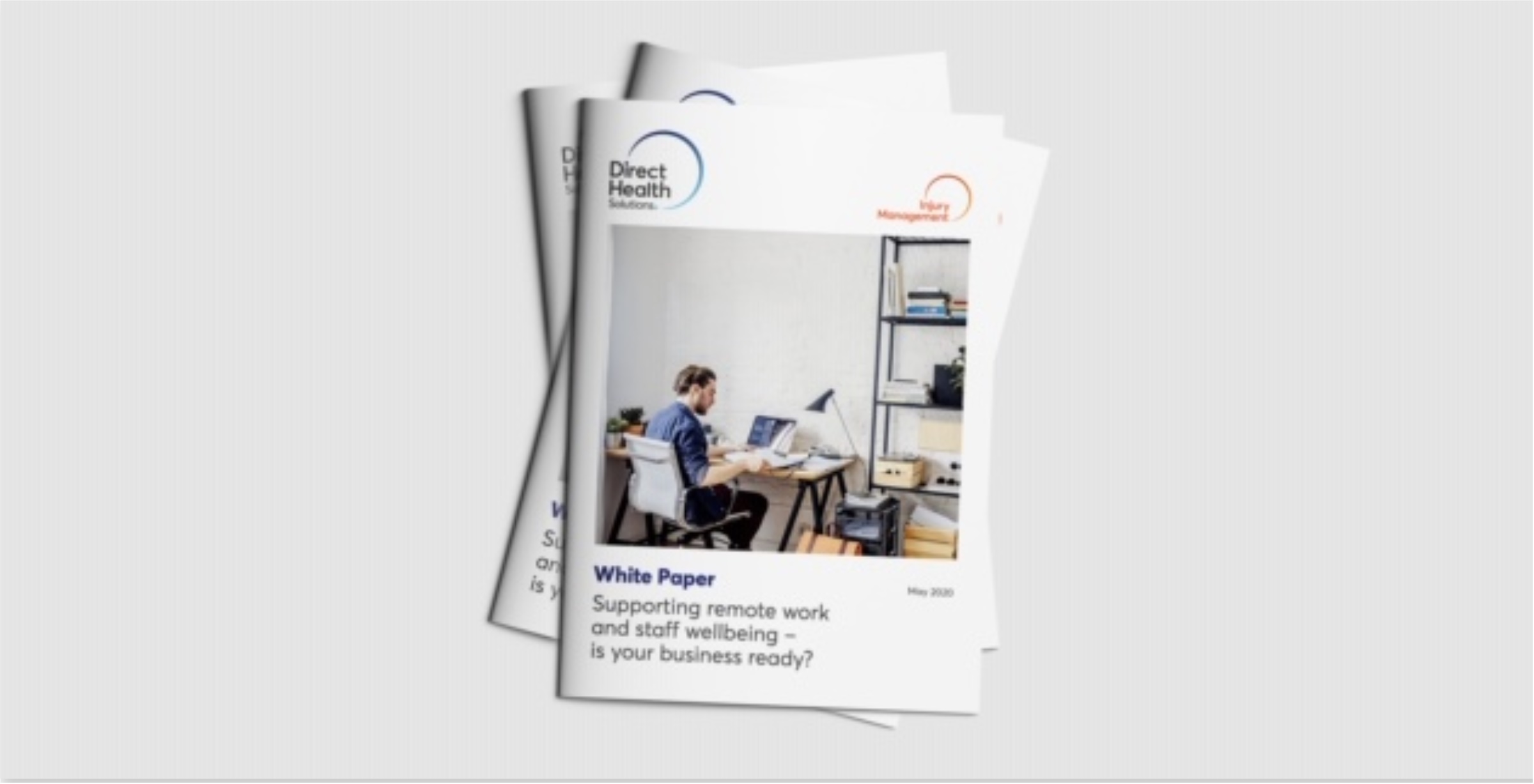
According to the Department of Health, the Coronavirus curve has flattened, and Australia has managed the pandemic well. The overall proportion of COVID-19 cases under investigation in each State or Territory is also relatively low, indicating that public health actions, including case identification and contact tracing, is making an impact.
However, the situation remains fragile and there is a long way to go in preventing COVID-19 outbreaks as restrictions are eased and our daily lives return to a sense of normalcy, or the ‘new normal’ as the case may be.
Many employers have implemented a remote workforce model, which has implications both now, and into the future. Australian businesses have had to implement and manage remote workforces quickly, many in the complete absence of a precedent, which has presented significant challenges around managing the mental wellbeing and productivity of remote workforces.
According to the Australian Government, experts agree social distancing, temperature checks, testing, and remote working will continue for at least six months and even up to two years. The aim is to keep the number of infections down, reduce strain on the health system, and keep businesses operational until a cure or vaccine can be found for COVID-19.
A hybrid remote and office working model is likely to continue beyond the pandemic, with organisations like Twitter already announcing they will be moving to ‘working remotely forever.’ But are organisations really prepared for this great change?
Read this White Paper if you’d like to:
Dr Kimberley Norris, an authority on confinement and reintegration, has spoken widely of the four psychological phases of pandemic response. Phase 1 saw confusion and panic, with hoarding, panic buying, and high levels of anxiety in the general population. Phase 2 was the honeymoon phase, where it felt novel to stay at home and establish some new routines and family norms. Now, Phase 3 is commencing, where we see an uptick in mental health issues as people start to feel lonely, despondent, aggravated and fatigued. Mood and morale reach their lowest point during this third phase, and this creates an exceptional challenge for organisations to manage the mental and physical safety of their workforces, while mitigating risk. Phase 4 will bring excitement around life returning to normal, but for this to occur, people will need a definite end point to the current crisis.
As the initial impact of the pandemic is becoming more understood, pressure is mounting on organisations to continue to prevent the spread of the disease while maintaining operations to avoid an economic shutdown or recession. All of this is occurring against the backdrop of mounting insurance risk for workers compensation claims, with psychological injuries expected to outweigh physical injuries at this time, and ongoing workplace health and safety duty of care for businesses across the country.
The psychosocial hazards resulting from working remotely shouldn’t be underestimated by employers. A psychosocial hazard is anything arising from work that causes stress, and if it is prolonged and/or severe this stress can cause both psychological and physical injury, according to Safe Work Australia.
According to the World Economic Forum, with some 2.6 billion people around the globe in some kind of lockdown, humanity is now conducting arguably the largest psychological experiment ever seen. This will result in a secondary epidemic of burnouts and stress-related absenteeism in the latter half of 2020. However, taking action now can mitigate the toxic effects of COVID-19 lockdowns.

General enquires: 1300 851 080
Sales enquires: 1300 655 123
Website: sedgwickhealthsolutions.com.au
©2023 Sedgwick Health Solutions Pty Ltd. All Rights Reserved.